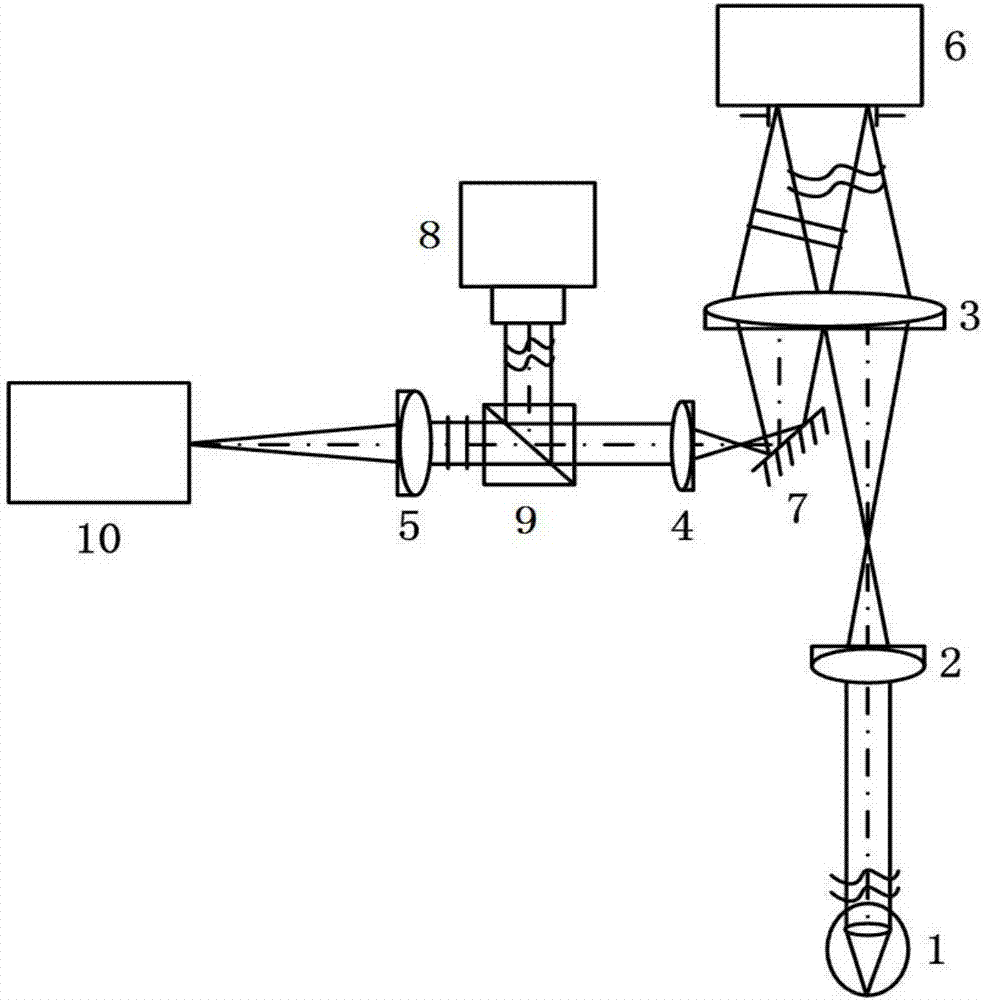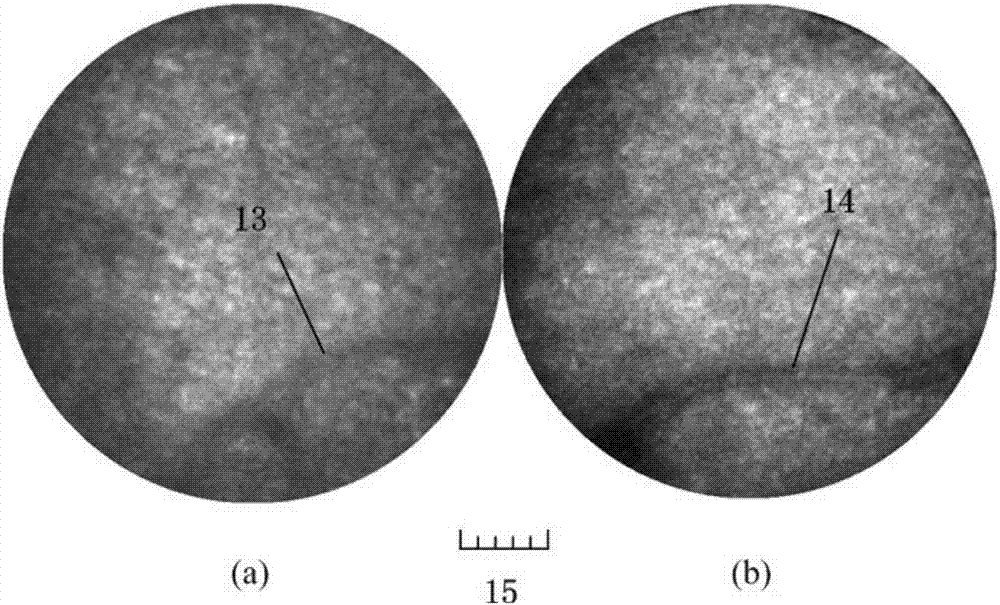A system for adaptive optics imaging of micro blood vessels in the retinal inner nucleus
A technology of adaptive optics and inner core layer, which is applied in the fields of application, medical science, and eye testing equipment, etc. It can solve the problems of different focal lengths and structural parameters of the human eye, and the difficulty of capturing the image plane of micro blood vessels in the inner core layer, etc.
- Summary
- Abstract
- Description
- Claims
- Application Information
AI Technical Summary
Problems solved by technology
Method used
Image
Examples
Embodiment Construction
[0028] 1. Use as figure 1 The shown fundus adaptive optics imaging system based on liquid crystal wavefront corrector is configured with fundus illumination light source, visual mark, one-dimensional electronically controlled displacement stage and a computer. The characteristic parameters of each device are as follows:
[0029] (1) Fundus illumination light source: In order to simplify the verification experiment, a monochromatic light source with a wavelength of 808nm was selected as the imaging light source for the micro-vessels in the inner core layer, because the micro-vessels can also be imaged at a wavelength of 808nm, but the imaging contrast is relatively high compared to the yellow-green light source in the visible light band. Low, it is possible as a technical verification; because the visual target is all visible light, the wavelength of the visual target in this embodiment is 500nm, the wavelength of the imaging light source, the aberration detection light source a...
PUM
 Login to View More
Login to View More Abstract
Description
Claims
Application Information
 Login to View More
Login to View More - R&D
- Intellectual Property
- Life Sciences
- Materials
- Tech Scout
- Unparalleled Data Quality
- Higher Quality Content
- 60% Fewer Hallucinations
Browse by: Latest US Patents, China's latest patents, Technical Efficacy Thesaurus, Application Domain, Technology Topic, Popular Technical Reports.
© 2025 PatSnap. All rights reserved.Legal|Privacy policy|Modern Slavery Act Transparency Statement|Sitemap|About US| Contact US: help@patsnap.com



